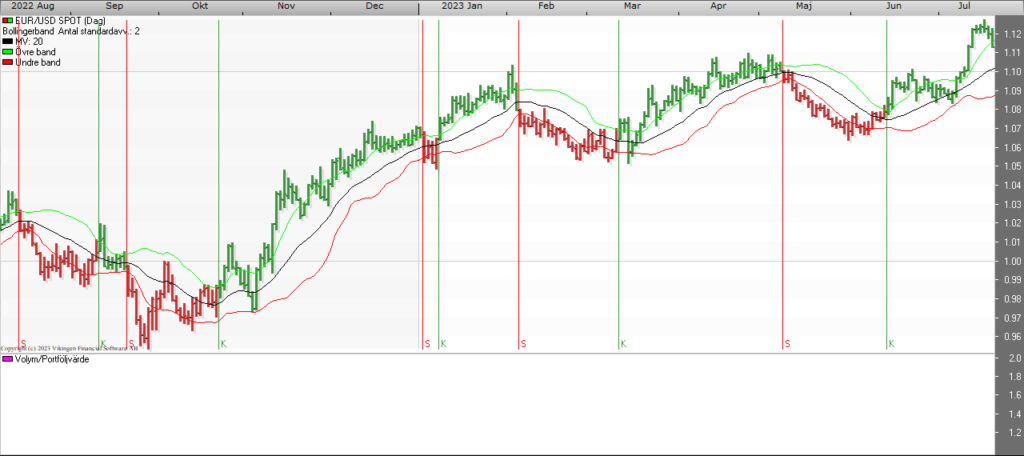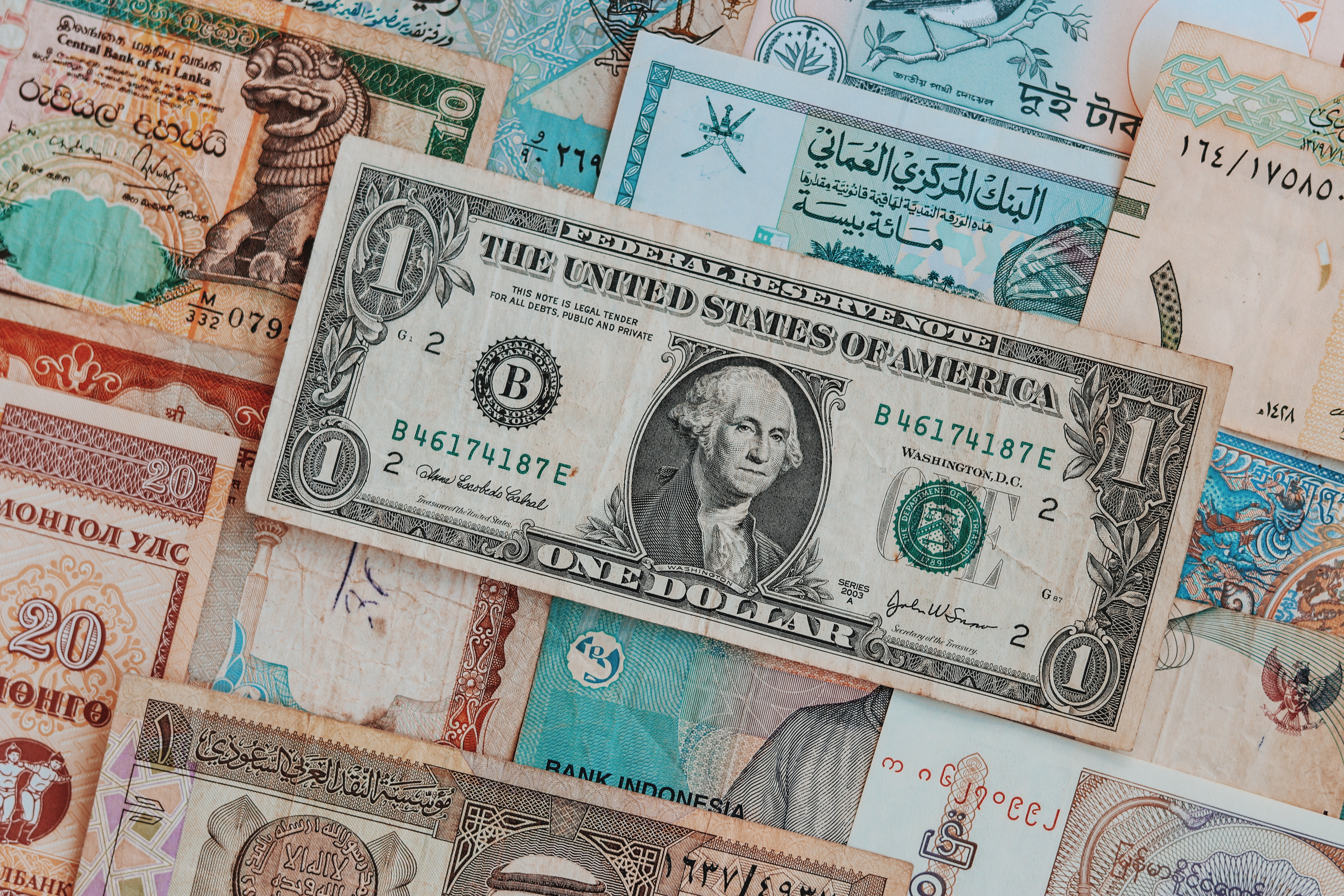Is the weakening of the dollar temporary or long-term?
The US currency exchanged at $1.12 per euro, after trading at $1.08 at the beginning of the month. Some firms give a 12-month target price for the dollar in the range of $1.12-1.15 per euro. The weakening of the dollar would be justified, but it may not continue in the short term.
The dollar has experienced a phase of decline against the euro in recent weeks, caused by the market’s outlook on central bank monetary policy. The US currency is exchanged at $1.12 per euro, after trading at $1.08 at the beginning of the month. Underlying this development is the possibility that the Federal Reserve will end the rate hiking phase with a final increase in July of 0.25 percentage points. The latest data released, especially US inflation and unemployment data, would justify this position by the team led by President Jerome Powell.’
With this depreciation, the US currency has already reached the target prices set by some companies, such as Julius Baer’s three-month forecast, which was exactly 1.12 dollars per euro. “The key question now is whether this weakening of the US currency will continue and surpass our target,” wonders David Alexander Meier, economist at Julius Baer.
Their conclusion is that “we are somewhat skeptical that the US dollar will retain a significant interest rate advantage against the euro, which was the main argument why we saw less room for further weakening of the dollar beyond our forecast in advance. 3 months and, consequently, to lower our forecast to 12 months from the beginning of this month, which is in the range of 1.15 to 1.12 dollars per euro”. Therefore, it maintains its forecast “until there is more visibility with the next Federal Reserve meeting on July 26.”
At Bank of America, however, they acknowledge that they are still “concerned that markets are too optimistic about what is needed to reduce inflation”, so that the evolution of currencies “will depend on which economic scenario” occurs and how the central bank will act in each case. At the firm, they expect two more 25-bp rate hikes, one in July and the other in September, “with risks to November, and we do not expect a first cut and the end of quantitative tightening until May 2024.”
Of course, the measures taken after a possible rate hike in July “will depend on the data” that become available, according to the company. The fall of the dollar is not a surprise after the latest data and although “it seems excessive compared to the exchange rate differentials”, the company clarifies that the dollar already came from “an overvalued level and the consensus is bearish” for the US currency.
Therefore, according to Bank of America, this depreciation of the dollar would be “justified”, but in the company’s view “it cannot be sustained beyond the short term”, as a soft landing for the economy is still unlikely. At Bank of America, they recognize that they are also bearish on the dollar in the long term, “but we think the market is once again rallying.”
From Monex Europe, they recall that there are few publications in the data calendar that could cause the euro to fall from its new position in the short term”, in such a way as to qualify as an upward adjustment to the ranges in the euro/dollar exchange, in the absence of external shocks. Of course, the statements of the members of the central banks could lead to movements in the exchange of European and US currencies, according to Monex, especially taking into account “signs that cracks are starting to open in the hard consensus”, which could “weigh slightly on the euro”, with the accompanying appreciation of the dollar.
Víctor Alvargonzález, head of strategy and founder of Nextep Finance, points out that the recent evolution of the dollar against the euro “sends the message that the Fed could go overboard”, which could make the body “have to cut interest rates sooner. than expected, both by the market and by the members of the Federal Reserve themselves.
 Source: Vikingen.se
Source: Vikingen.se
About the Viking
With Viking’s signals, you have a good chance of finding the winners and selling in time. There are many securities. With Viking’s autopilots, price data, tables and stock prices, you can sort out the most interesting ETFs, shares, options, warrants, funds, etc.
Click here to see what Vikingen offers: Detailed comparison – Stock market program for those who want to become even richer (vikingen.se)













